Reactive Airway Disease In Toddlers
Reactive airway disease in toddlers. When a child has asthma the airways are very sensitive to many things in the air. It causes wheezing which is a whistling noise in your childs airways. A presentation like this is frequently heard on pediatric units despite the vagueness of the term reactive airways disease commonly referred to as RAD The term is often used as a substitute for asthma in young children on asthma medications when pediatricians are reticent to use the A word.
Ultimately best treatment for reactive airway disease is to prevent an exacerbation from occurring. Bronchoconstriction which may also be called reactive airway disease occurs when the small airways bronchial tubes in your childs lungs spasm and become narrow. In younger children and infants these are given as nebulizers.
Reactive airway disease has a large differential diagnosis and must not be confused with asthma. Risk Factors of Reactive Airway Disease. Asthma or reactive airway disease.
So its a little bit of tubing with the medication in the tubing thats hooked up to a machine that turns this liquid medication into steam. The airways may get smaller when you are around things that trigger your asthma. The symptoms of this disease are similar to those of asthma.
The mechanism of the disease involves narrowing of the airways as a result of bronchoconstriction and airway inflammation with resulting production of lung secretions. Akankshya seems to be suffering from Allergic rhinitis and hyperactive airway disease which means her respiratory airways are hypersensitive. This may be from a viral or bacterial infection.
Only 30 of infants who wheeze go on to develop asthma. The symptoms of RAD are similar to asthma and allergies. Asthma and Reactive Airway Disease RAD Wheezing Asthma is a disease of the lungs.
This is called a flare-up. This disease is caused by aerial pollutants and is non-contagious.
The symptoms of RAD are similar to asthma and allergies.
This disease is caused by aerial pollutants and is non-contagious. Children are diagnosed with reactive airway disease but found to be suffering from asthma later on. Reactive airway disease also affects both children and adults with the peak of affectation in children during the ages six to eleven. Risk Factors of Reactive Airway Disease. Atelectasis can sometimes resemble a bacterial consolidation. Ultimately best treatment for reactive airway disease is to prevent an exacerbation from occurring. This is called a flare-up. The airways may get smaller when you are around things that trigger your asthma. So its a little bit of tubing with the medication in the tubing thats hooked up to a machine that turns this liquid medication into steam.
Bronchoconstriction which may also be called reactive airway disease occurs when the small airways bronchial tubes in your childs lungs spasm and become narrow. Children under the age of 5 are typically diagnosed with RAD since it can be. Symptoms of Reactive Airway Diseases. The symptoms of this disease are similar to those of asthma. This disease is caused by aerial pollutants and is non-contagious. There are several options for invasive airways in the pediatric patient including supraglottic airways King tube LMA etc endotracheal or in some cases nasopharyngeal intubation. As a last resort needle-cric and jet ventilation in pediatrics under 8 years old or traditional cricothyroidotomy for those patients above 8 years old can be attempted.
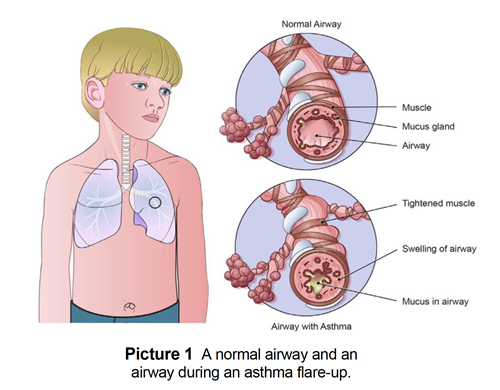
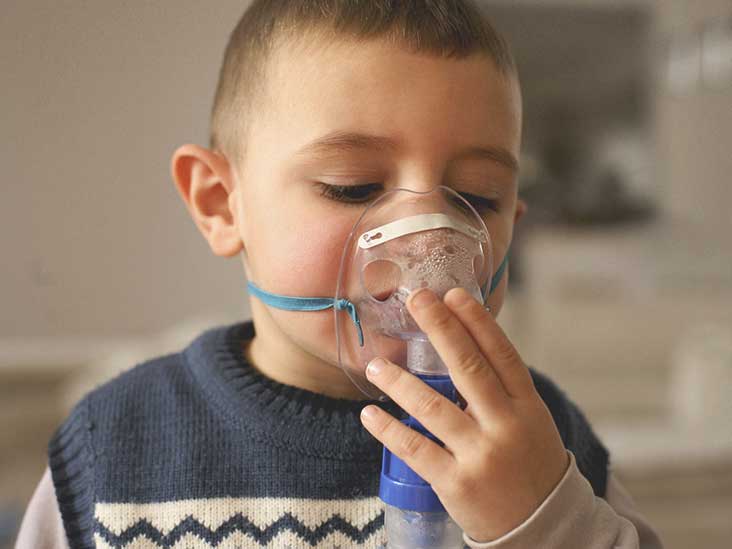

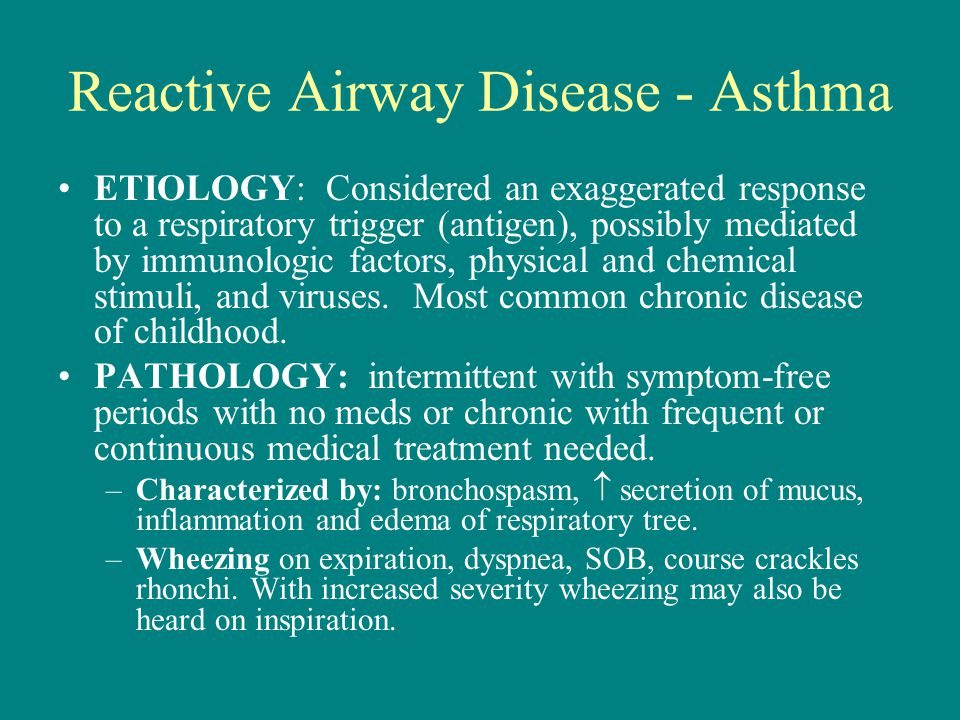
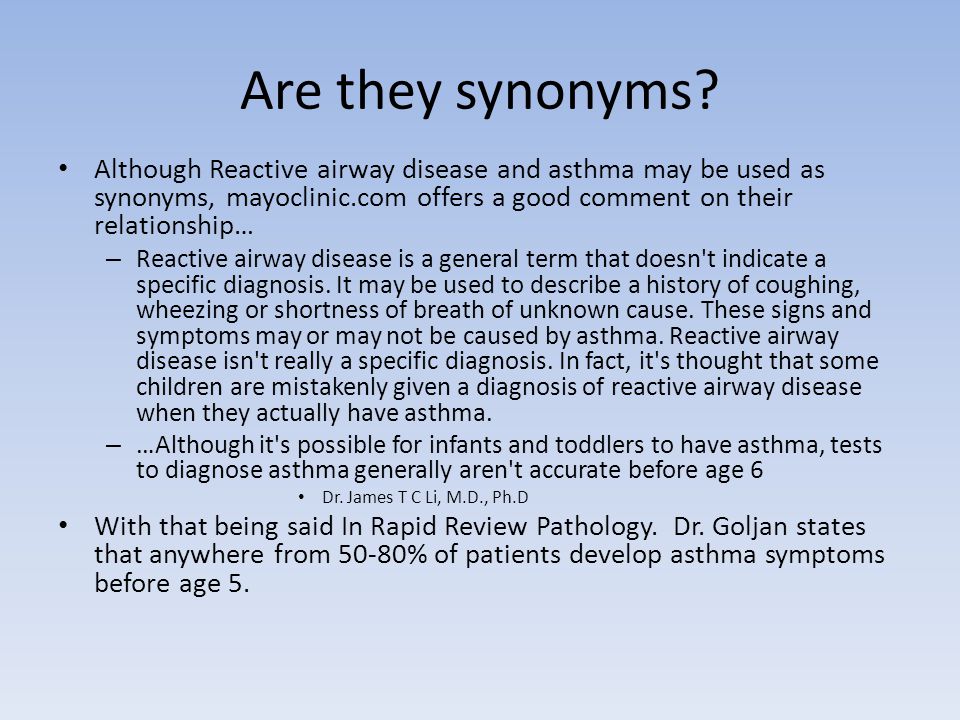

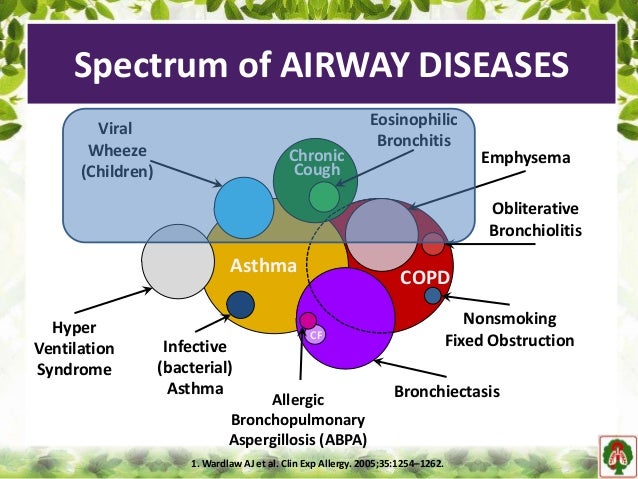
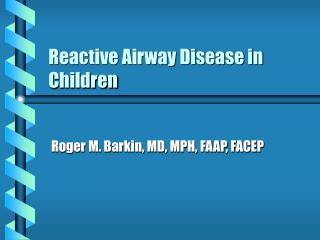

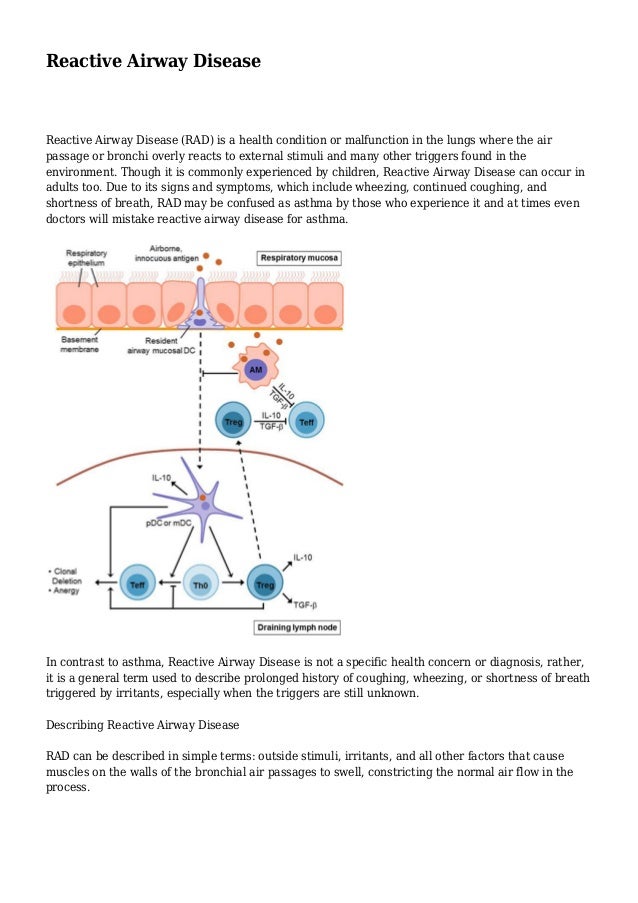



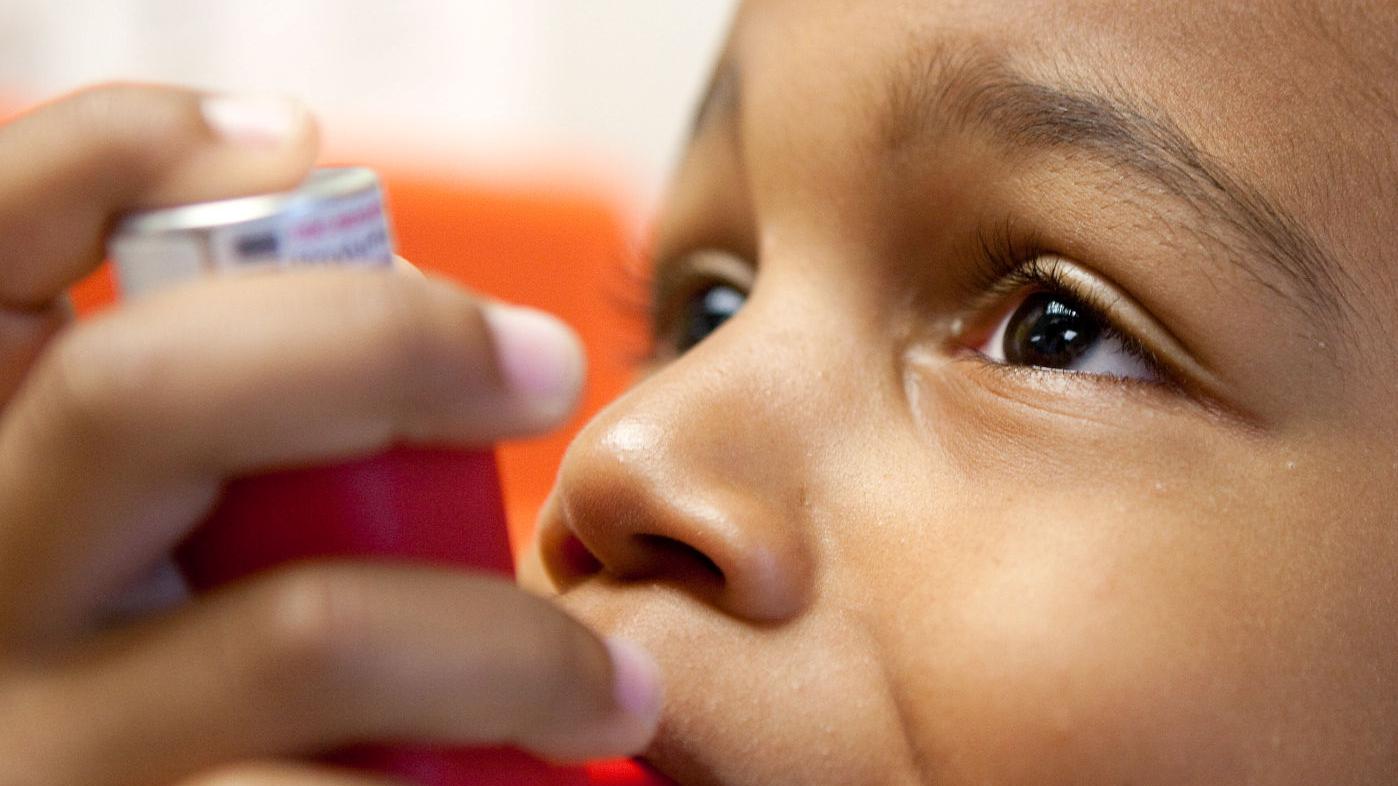


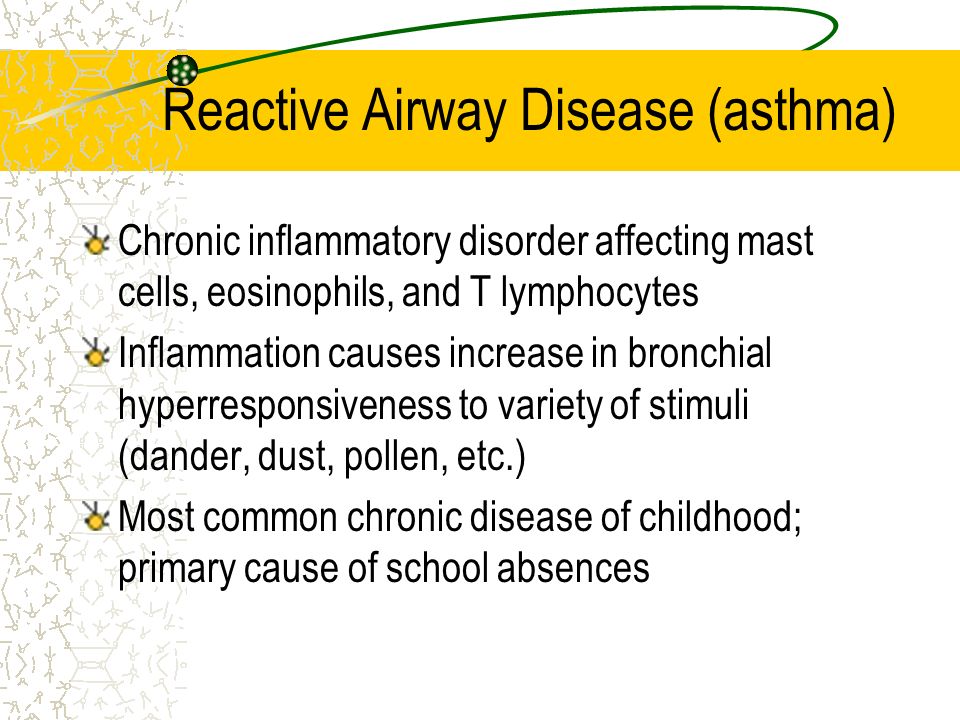






/COPD-56a1977d3df78cf7726c476a.jpg)



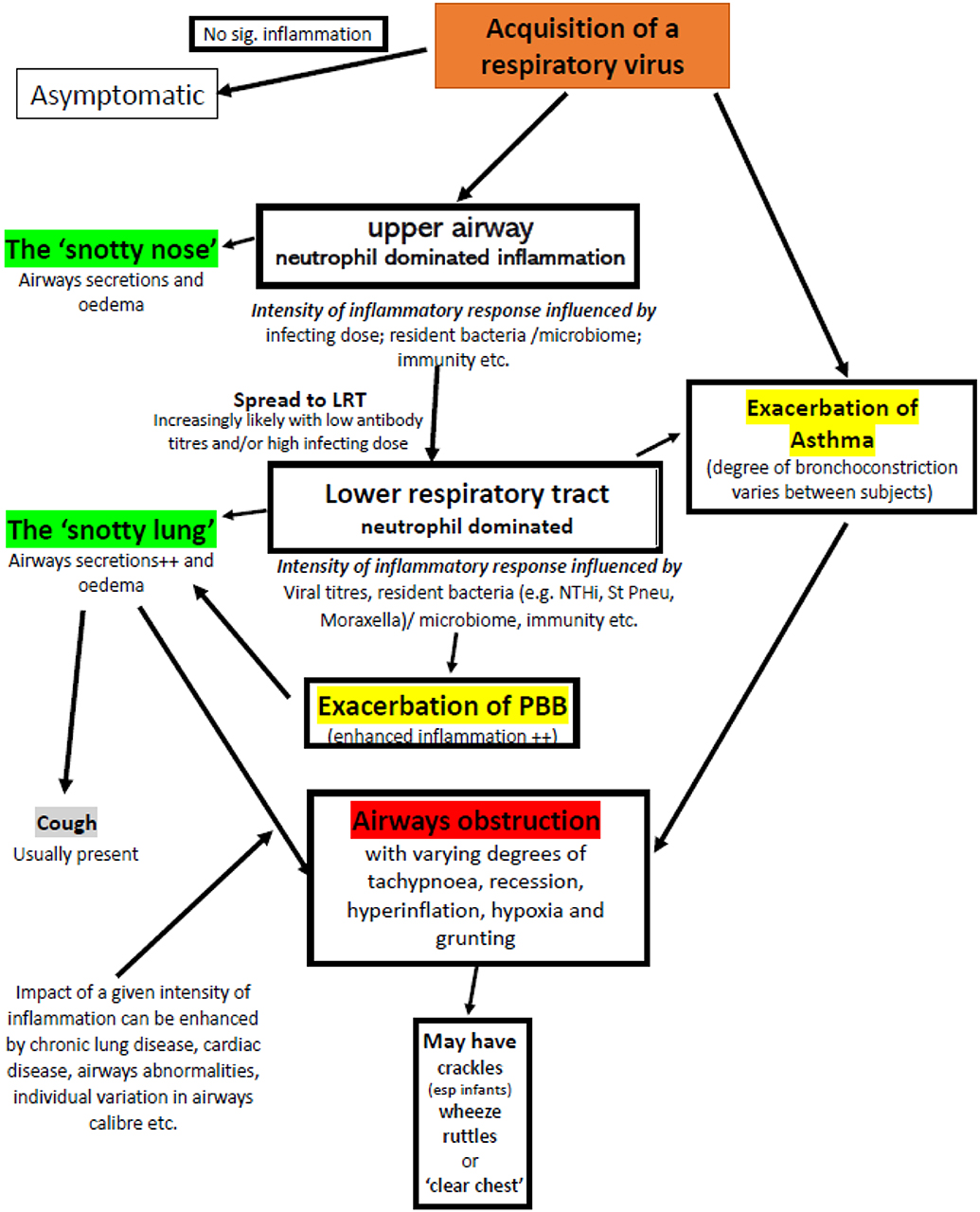



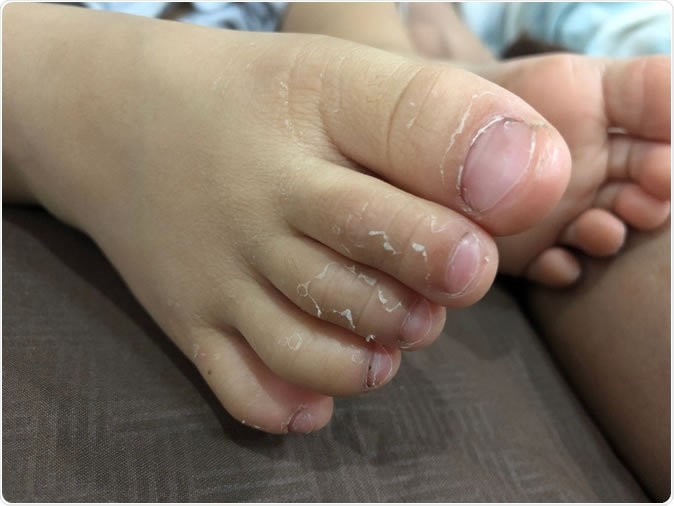


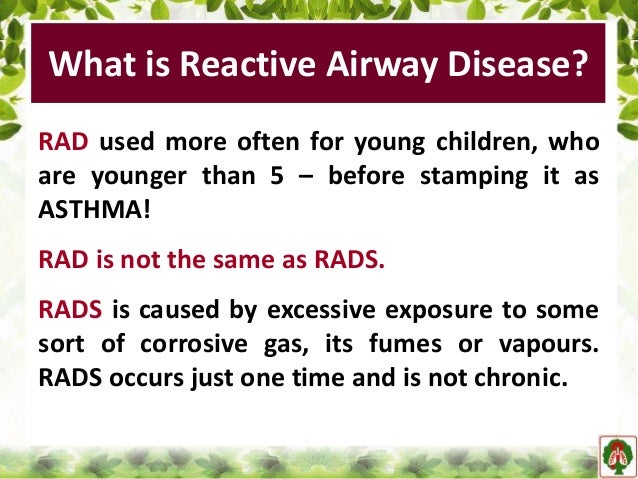



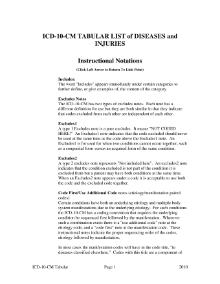
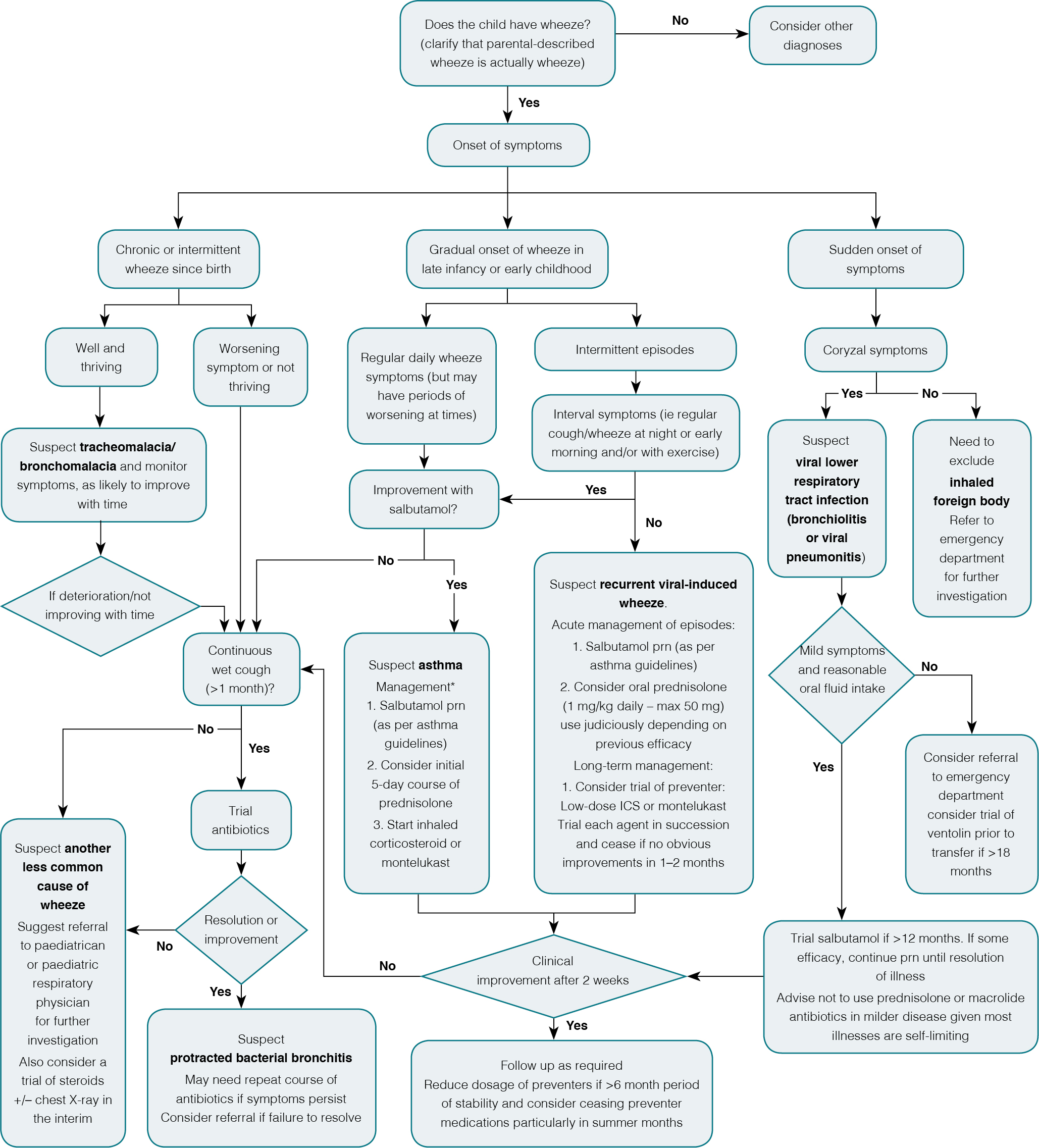
Post a Comment for "Reactive Airway Disease In Toddlers"